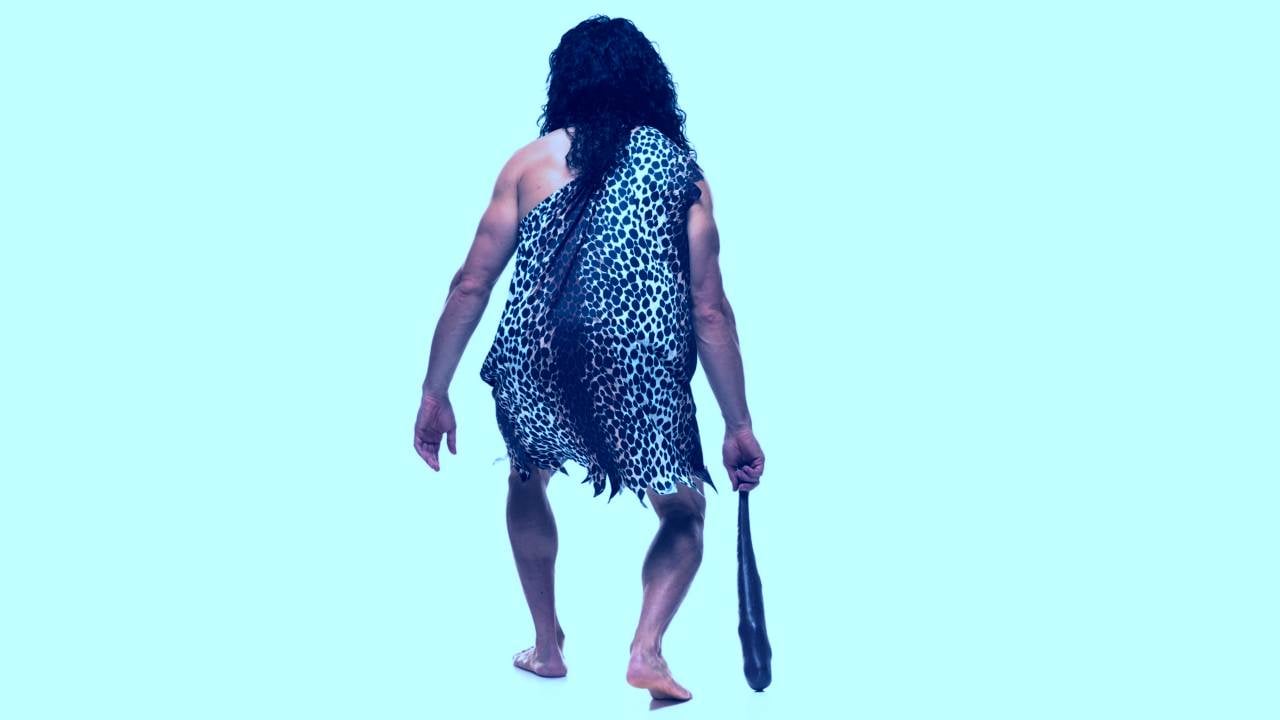Neanderthals were hunters and gatherers, and hence led a very physically stressful life. But a recent study has revealed that these ice age beings had lower pain withstanding ability than modern human beings. The rough ancient human kin have been extinct now for 40,000 years but evolutionary geneticists have found that they had
three mutations in a gene
which carries painful sensations to the brain and spinal cord. The mutated version of the gene encoding a protein Nav1.7 was found on both sets of chromosomes in several Neanderthal genomes. This
suggests
that the genetic mutation was quite common across the population. The study was conducted by researchers from the Max Planck Institute for Evolutionary Anthropology in Leipzig, Germany and the Karolinska Institute in Stockholm. Findings have been published in the journal
Current Biology
on Thursday, 23 July. [caption id=“attachment_6168741” align=“alignnone” width=“1280”]
 The image of Neanderthals as hunched ape-men was dispelled decades ago, but some scientists fear recent research might go some way towards reviving it. Image: UZH[/caption] What is even more interesting is that some present day humans carry these Neanderthal variants of the sodium channel Nav1.7. This channel passed the ions like Sodium and Potassium across the cell membrane, creating a fast flowing current using which the cell could send electrical signals across. Neanderthals and their Asian relatives the Denisovans had evolved largely separate from the predecessors of modern-day humans. But these three closely related species did get mixed, leading to various genetic variations. According to the researchers, the sodium channel is important for the “impulse generation and conduction in peripheral pain pathways”. Now they set to study the
presence of this mutation in modern humans
and studied questionnaires on pain from over 362,000 people in the United Kingdom. The data from the questionnaire was compared with their gene profile and it was found that the people who had the Neanderthal variant of the channel Nav1.7 experienced “pain more often than those who did not”.
The image of Neanderthals as hunched ape-men was dispelled decades ago, but some scientists fear recent research might go some way towards reviving it. Image: UZH[/caption] What is even more interesting is that some present day humans carry these Neanderthal variants of the sodium channel Nav1.7. This channel passed the ions like Sodium and Potassium across the cell membrane, creating a fast flowing current using which the cell could send electrical signals across. Neanderthals and their Asian relatives the Denisovans had evolved largely separate from the predecessors of modern-day humans. But these three closely related species did get mixed, leading to various genetic variations. According to the researchers, the sodium channel is important for the “impulse generation and conduction in peripheral pain pathways”. Now they set to study the
presence of this mutation in modern humans
and studied questionnaires on pain from over 362,000 people in the United Kingdom. The data from the questionnaire was compared with their gene profile and it was found that the people who had the Neanderthal variant of the channel Nav1.7 experienced “pain more often than those who did not”.
Our Neanderthal ancestors were most sensitive to pain than us; scientists specify genes responsible
FP Trending
• July 24, 2020, 18:04:21 IST
People with the Neanderthal variant of the gene were found to experience ‘pain more often than those who did not’.
Advertisement
)
End of Article